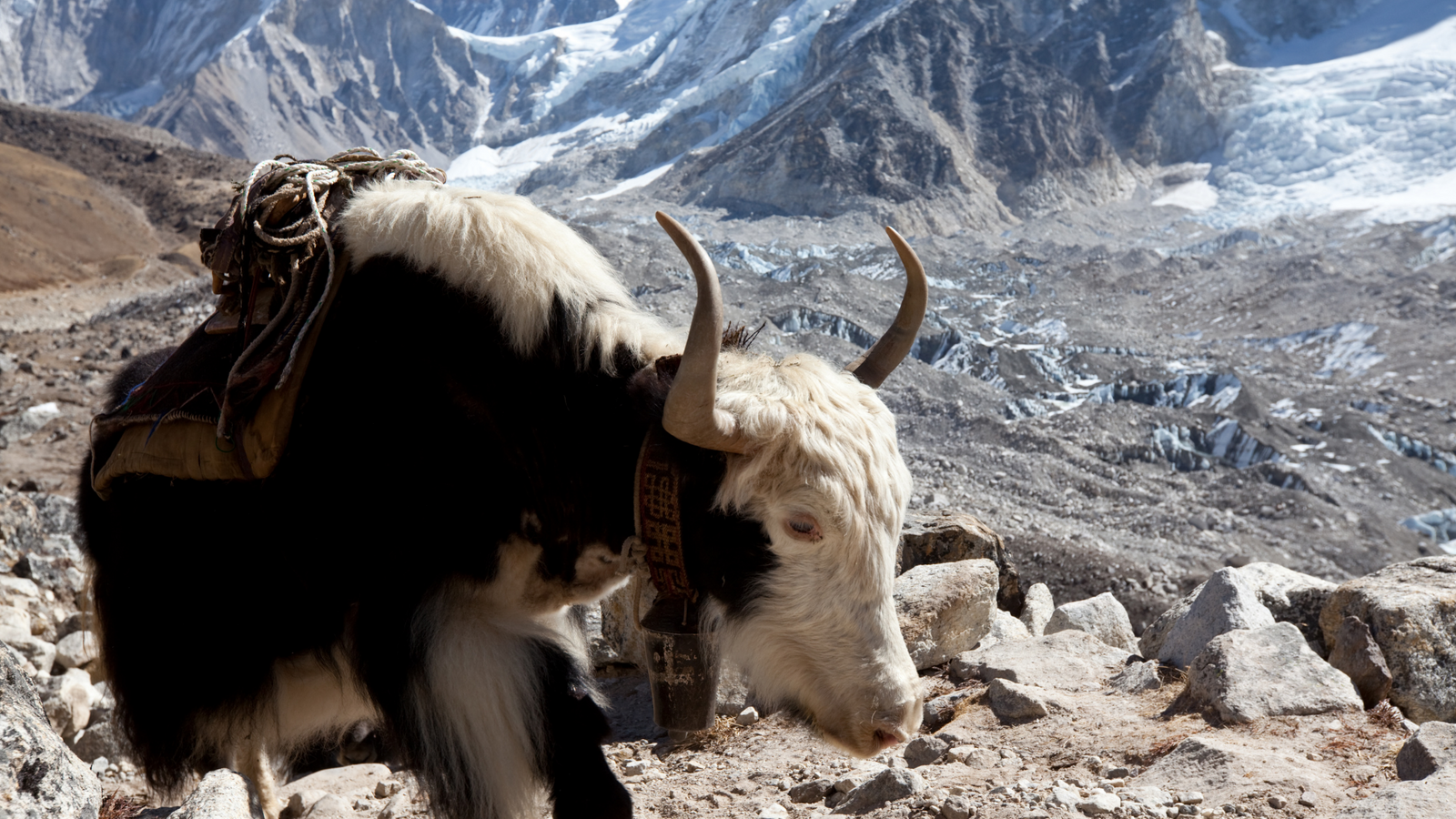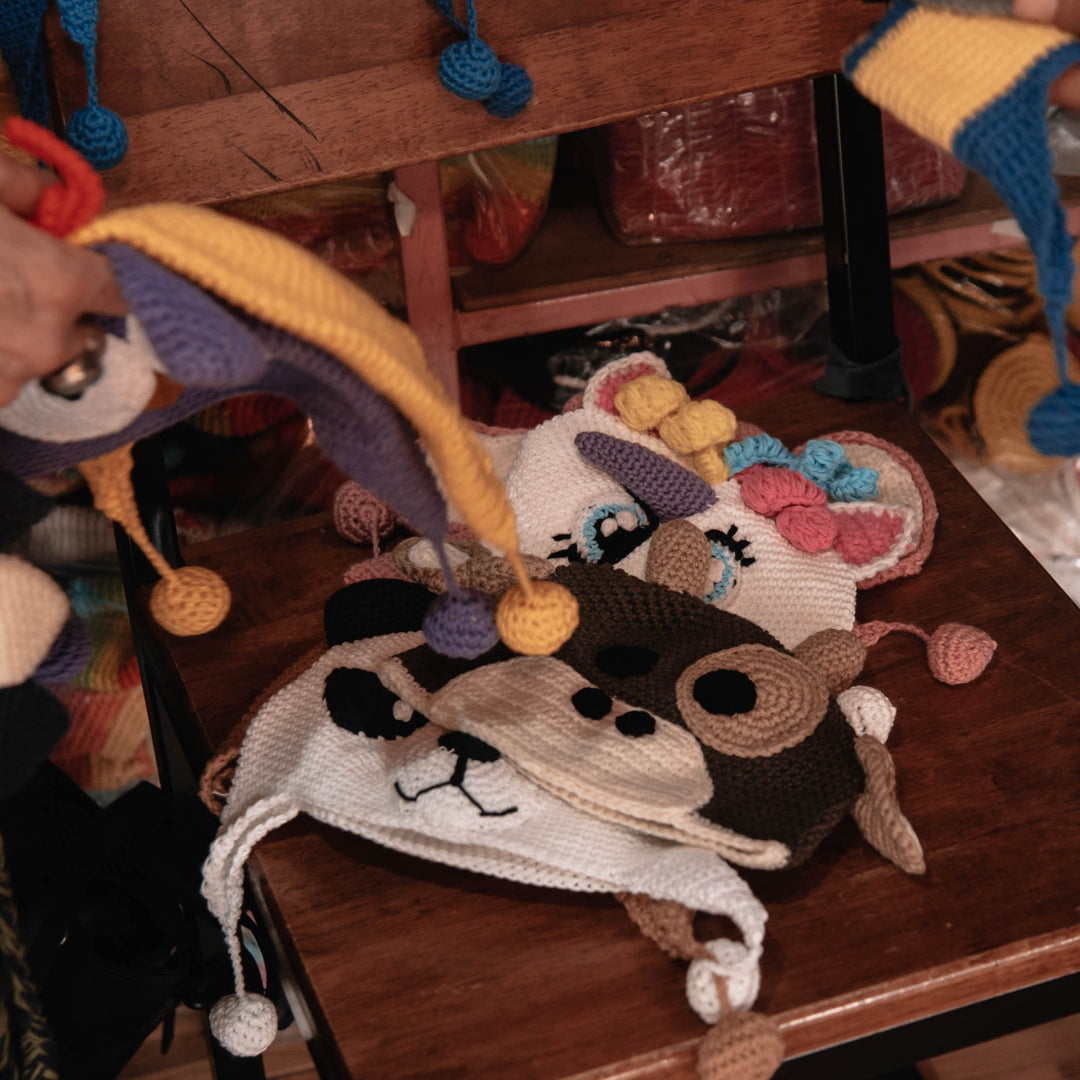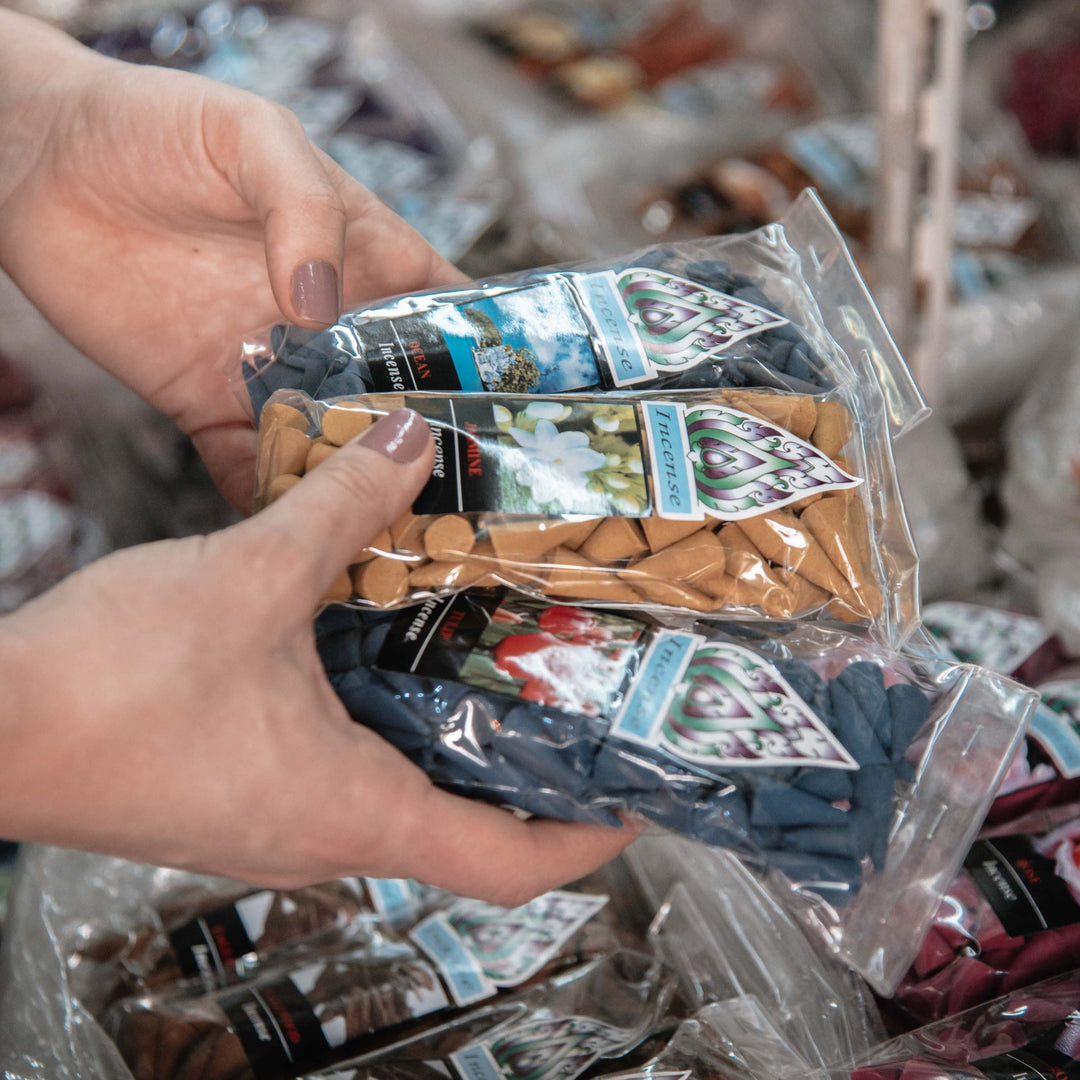Yaks: How Their Wool is Used and Harvested!

Yaks: How Their Wool is Used and Harvested!
Yaks are a type of cattle native to Mongolia, the Tibetan Plateau, and the Himalayas. In order to survive the extreme weather conditions in these areas, they have shaggy, multilayered coats that can keep them comfortable and thriving – even when the temperature is hovering at nearly -40 degrees Celsius!
Not only is it warm, but yak wool is also known to be luxurious, lightweight, and durable. A couple of things that people don’t know, however, is how it is harvested and used to make all kinds of products.
How is Yak Wool Harvested?
Yaks generally have two kinds of hair. The first is the outer layer, which tends to be made up of long, coarse, and durable hair. This can be found all over the yak, with the longest and strongest of the hair being found on its skirt and tail.
The second layer is the down hair, when is typically a lot shorter and finer than the outer layer. Yaks usually produce more of this hair during the winter in order to help them survive the harsh cold, as it acts as a great insulator. This is the hair that gives yak wool its more luxurious properties.
Once springtime comes around the yaks no longer need this downy layer, so it can actually be harvested by combing, not shearing, the animal. It is then sorted according to its color and quality, de-haired, and washed in order to remove any dirt and debris. After this fine layer has been removed, the yaks may be sheered to collect the outer, coarse layer.
Do Combing and Shearing Hurt the Yaks?
Those concerned about animal welfare will be happy to know that, when done carefully and with patience, the combing process doesn’t appear to really bother the yaks. They may squirm like a dog or cat that’s not thrilled about standing still and getting brushed, but they don’t seem to be in any pain.
Besides, having all of that excess down in the summer can lead to its own problems. It may become infested with bugs or cause overheating or itchiness, in which case the yak may look for trees and branches to help get rid of it anyway.
With shearing the coarse outer layer, on the other hand, harvesters certainly have to be more careful to avoid any especially rough action. However, when done right, shearing may not bother the animals anymore than the combing process.
What Makes Yak Wool So Special?
After all is said and done, you’re going to end up with soft and strong fibers that are about 18 – 19 microns in diameter. It’s not quite as soft as something like cashmere, but it should last longer thanks to its durability.
Yak wool also has antimicrobial and moisture wicking properties, and even provides good temperature regulation, meaning it can keep you warm in the winter yet still breathe in the summer.
What is Yak Wool Used For?
Fine yak wool is often used in outerwear such as sweaters, ponchos, jackets, scarves, shawls, and hats. It can also make warm and cozy blankets, pillows, and bedspreads.
The coarse yak wool may not be quite as soft and comfortable on the skin, so it’s more commonly used for ropes, heavy blankets, and tents.








